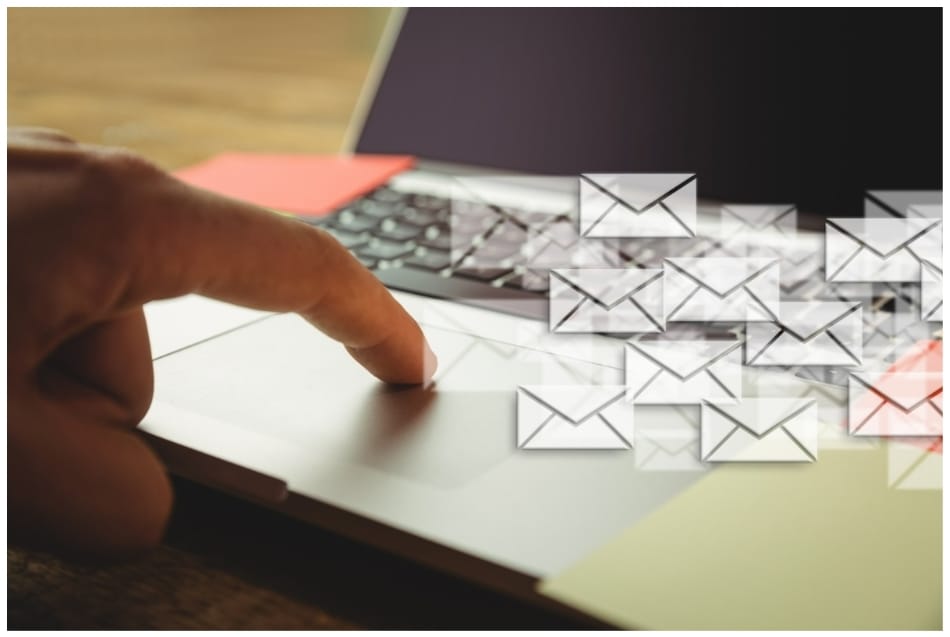In the digital age, email marketing has sustained as a potent tool for enhancing visibility and profitability for brands. Customers are always hungry for messages that truly resonate with them, and for small businesses, this communication can be key to fostering engagement, and long-term relationships with your audience. Our Growth Guru’s guide for best email marketing practices outlines our key tips to elevate your email campaigns and ensure their success, making every communication count.
Email Marketing Dos
- Segment Your Audience: Understanding and categorizing your audience based on customer data like past purchases, location, and engagement level allows for highly targeted and personalized communications. This segmentation helps in tailoring messages relevant to each subgroup, thereby increasing the effectiveness of your campaigns.
- Craft Compelling Subject Lines: The power of a well-crafted subject line cannot be overstated. It’s your first impression in an inbox, and can determine whether your email is opened or ignored. Tips for creating engaging subject lines include using actionable language, keeping it brief yet descriptive, and leveraging curiosity without resorting to clickbait.
- Optimize Email Design: Responsive design is essential, as your emails must look good on any device, from desktops to smartphones. Studies suggest that 50-60% of email opens occur on mobile devices, thus, it is crucial for your email designs to be optimized across a range of devices. Utilize professional templates and maintain consistent branding across all communications to reinforce your business identity and ensure easy readability.
- Personalize Content: Go beyond merely inserting the recipient’s name. Use detailed customer data, from purchase type, to purchase frequency, from location to browsing behavior, to create messages that resonate on a deeper level. Tailor content to individual habits and preferences to boost engagement rates and foster a deeper connection.
- Test and Optimize: Regular testing of various elements like subject lines, email body content, and send times is crucial. A/B testing can reveal valuable insights that help refine your approach and enhance the performance of your emails. Starting with small A/B tests, like subtle subject line variations, you’re able to understand customer preferences at a micro scale, boosting understanding of your customers.
- Focus on Value: Ensure every email serves a purpose and delivers something of value to the recipient. In analyzing behavior metrics, identify what messaging resonates with your audience, and integrate into your campaigns. Whether it’s a special offer, a piece of engaging content, or an exclusive update, your emails should feel beneficial to those on the receiving end.
Email Marketing Don’ts
- Don’t Spam Your Audience: Always seek explicit permission before adding anyone to your mailing list. This can take place in your initial sign-up forms, and continue through an opt-out option in each email. Respect user privacy and adhere to compliance standards like GDPR or CAN-SPAM to build trust and maintain a positive reputation.
- Avoid Overwhelming Your Subscribers: Sending too many emails can frustrate subscribers, leading to high unsubscribe rates. Conversely, infrequent emails might make them forget about your brand. Analyze engagement data to find the optimal frequency for your audience.
- Don’t Neglect Mobile Users: With a significant portion of emails being accessed on mobile devices, it’s imperative to ensure that your design is mobile-friendly. This means fast-loading images, tappable buttons, and text that is easy to read on smaller screens, while also aligning with design from desktop campaigns to ensure consistency.
- Avoid Being Too Salesy: While driving sales is a key goal, overly promotional content can alienate your audience. Customers want to feel as though they have a personal connection with the brands they support; balance your sales messages with informative or entertaining content that adds value to your readers’ lives.
- Don’t Ignore Data and Feedback: Leveraging analytics is critical in understanding what works and what doesn’t. Pay attention to metrics like open rates, click-through rates, and conversion rates. Additionally, solicit feedback directly from your audience to guide your content strategy.
Integrating Email with Overall Marketing Strategies
Effective email marketing doesn’t operate in isolation. Integrating your email efforts with other digital marketing strategies can amplify results and create a cohesive user experience. For instance, linking email content with social media campaigns or aligning promotional messages across all digital platforms ensures a unified marketing voice. This strategic alignment helps reinforce your message across different channels, increasing the overall effectiveness of your marketing efforts.
4 Tips for Effective Email Communication + 3 Things to Avoid(Opens in a new browser tab)
Conclusion
Mastering these dos and don’ts will enhance your email marketing efforts and significantly boost your business’s engagement and sales. These practices will help you build a reputable, customer-focused email strategy that adapts and evolves based on solid data and subscriber feedback.Are you ready to transform your email marketing strategy? Visit Growth Gurus to discover how email marketing management services can revolutionize your approach and drive substantial business growth.
